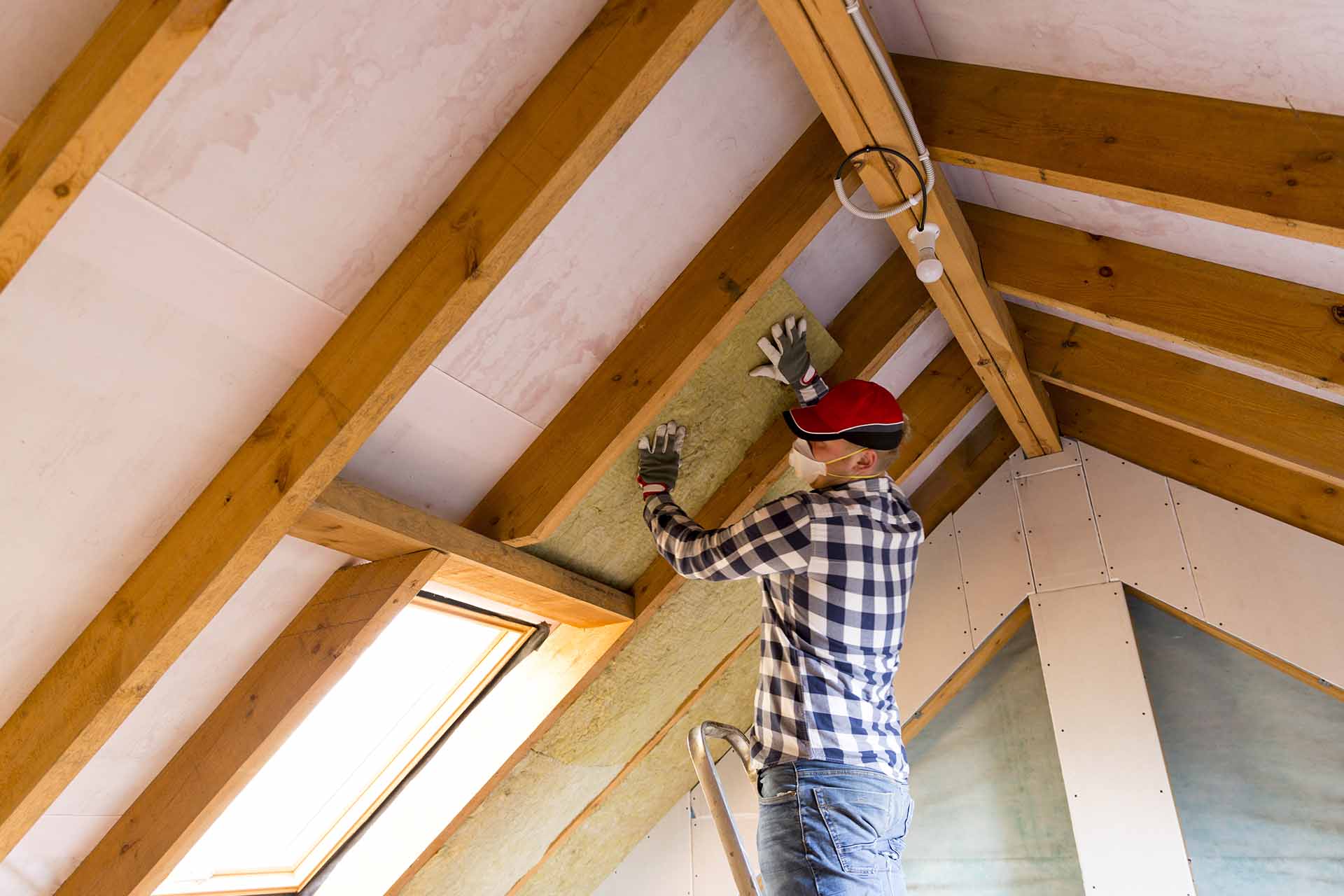
In the intricate world of construction and energy efficiency, the insulation business stands as a sentinel against the relentless forces of nature. This article embarks on a journey into the realm of insulation, where the science of temperature regulation and the art of sustainable living converge.
Unveiling the Insulation Business
Insulation, in the context of construction and energy management, is the process of minimizing heat transfer between the interior and exterior of a structure. It acts as a thermal barrier, reducing heat loss during cold seasons and heat gain during hot seasons. The insulation business encompasses the production, installation, and maintenance of insulation materials and systems.
The Science of Thermal Resistance
Central to the insulation business is the concept of thermal resistance. This property measures the ability of an insulation material to impede the flow of heat. Materials with higher thermal resistance values are more effective insulators. Insulation materials often achieve this by incorporating air pockets that limit heat conduction.
The Role of R-Value
In the insulation business, the R-value is a crucial metric. It quantifies the thermal resistance of insulation materials. The higher the R-value, the greater the insulation’s ability to resist heat flow. Various building codes and regulations mandate minimum R-values for different applications, ensuring energy-efficient construction practices.
Diverse Insulation Materials
The insulation business offers a wide array of materials, each tailored to specific applications and environmental conditions. Some common insulation materials include:
- Fiberglass: Composed of fine glass fibers, fiberglass insulation is a popular choice due to its affordability and effectiveness. It can be found in batts, rolls, or blown-in forms.
- Cellulose: Made from recycled paper products, cellulose insulation is environmentally friendly and offers good thermal resistance. It’s often used in wall cavities and attics.
- Spray Foam: Spray foam insulation expands upon application, filling gaps and creating an airtight seal. It’s highly efficient but typically more expensive.
- Mineral Wool: Mineral wool insulation is crafted from volcanic rock or slag. It’s fire-resistant and provides excellent sound insulation properties.
- Reflective Insulation: This type of insulation features reflective surfaces that redirect radiant heat. It’s often used in attics and can be combined with other insulation materials.
- Polyurethane: Polyurethane foam insulation offers exceptional R-values and is commonly used in construction for its efficiency.
Installation Techniques
The insulation business requires skilled professionals who understand various installation techniques. Improper installation can lead to reduced insulation effectiveness. Some key installation methods include:
- Batts and Rolls: Fiberglass and other materials are available in pre-cut batts or rolls, which are fitted between wall studs or joists.
- Blown-In Insulation: This method involves using a blowing machine to disperse loose-fill insulation material, effectively filling voids and cavities.
- Spray Foam Application: Professionals use specialized equipment to spray polyurethane foam insulation onto surfaces, creating a seamless, airtight seal.
- Radiant Barrier Installation: Reflective insulation or radiant barriers are installed in attics to reflect radiant heat.
Energy Efficiency and Environmental Impact
The insulation business plays a vital role in improving energy efficiency in buildings. Properly insulated structures require less energy for heating and cooling, reducing greenhouse gas emissions and energy costs. Energy-efficient buildings often qualify for government incentives and certifications such as LEED (Leadership in Energy and Environmental Design).
Sound Insulation
Beyond thermal resistance, the insulation business also addresses sound insulation. Insulation materials with good soundproofing properties are used to reduce noise transmission within buildings. This is crucial in residential and commercial spaces where noise control is essential for comfort and privacy.
Fire Safety and Insulation
The insulation business considers fire safety as a top priority. Fire-resistant insulation materials and systems are designed to slow down the spread of flames and provide valuable time for occupants to escape in case of a fire emergency. Fire-rated insulation plays a vital role in building codes and safety regulations.
Moisture Control
Proper insulation also entails moisture control. Inadequate insulation can lead to condensation, which may result in mold growth and structural damage. Moisture-resistant insulation materials and installation techniques are essential to mitigate these issues.
Sustainable Insulation Practices
Sustainability is a growing focus in the insulation business. Many manufacturers are developing eco-friendly insulation materials made from recycled or renewable resources. Additionally, insulation can be repurposed and recycled at the end of its life cycle, reducing waste.
Insulation and Indoor Air Quality
Insulation materials and installation techniques impact indoor air quality. Low-emission insulation materials contribute to healthier indoor environments by reducing the release of harmful volatile organic compounds (VOCs).
HVAC Systems and Insulation
Heating, ventilation, and air conditioning (HVAC) systems work in conjunction with insulation to maintain comfortable indoor temperatures. The insulation business often collaborates with HVAC professionals to optimize energy efficiency and indoor climate control.
The Future of Insulation
As the insulation business continues to evolve, several trends and innovations are shaping its future:
- Smart Insulation: Smart insulation systems incorporate sensors and controls to adapt to changing environmental conditions, optimizing energy efficiency.
- Nanotechnology: Nanomaterials show promise in enhancing the thermal properties of insulation materials, potentially leading to more effective and space-efficient solutions.
- Biodegradable Insulation: Sustainable insulation materials that decompose naturally at the end of their life cycle are gaining traction in the market.
- Net-Zero Buildings: The drive towards net-zero energy buildings, which generate as much energy as they consume, places a premium on high-performance insulation systems.
Conclusion: A Warm and Sound Future
The insulation business is not merely about temperature regulation; it’s about creating comfortable, energy-efficient, and sustainable living spaces. As the demand for energy efficiency and environmental responsibility continues to grow, the insulation business plays an indispensable role in shaping the future of construction and the well-being of inhabitants. In the thermal frontier, where science and sustainability converge, the journey toward a warmer, quieter, and more environmentally conscious world begins with a well-insulated foundation.
